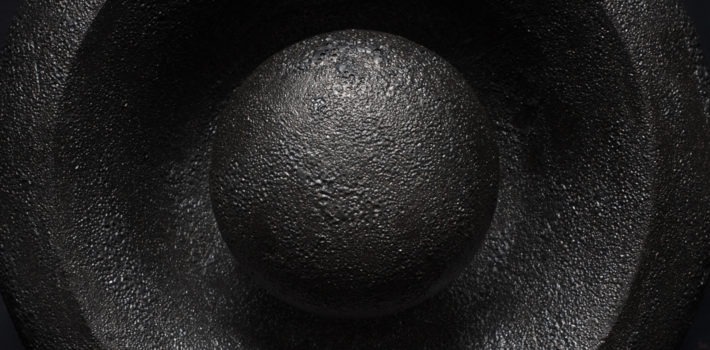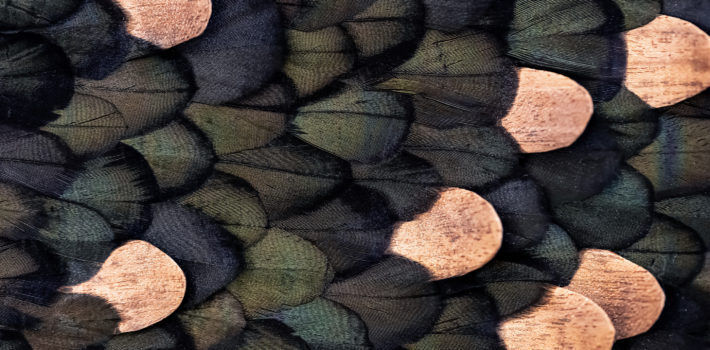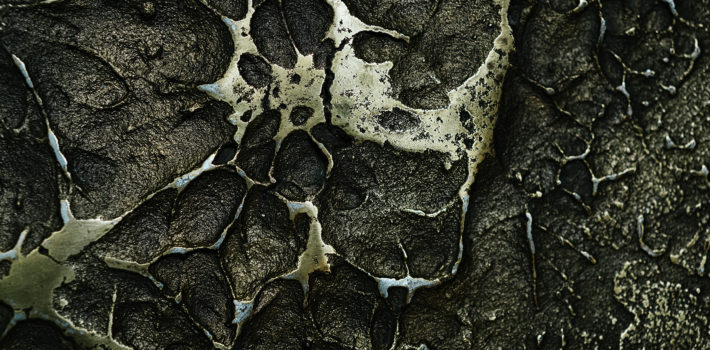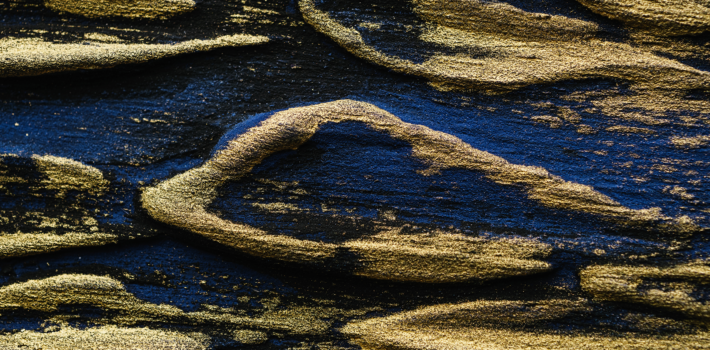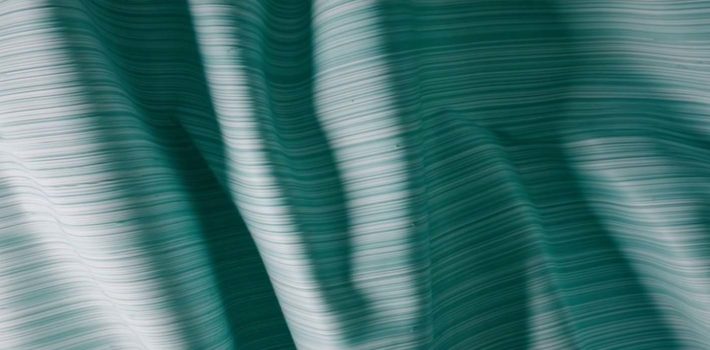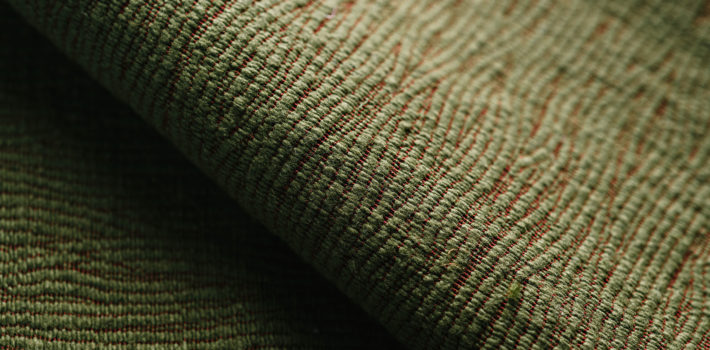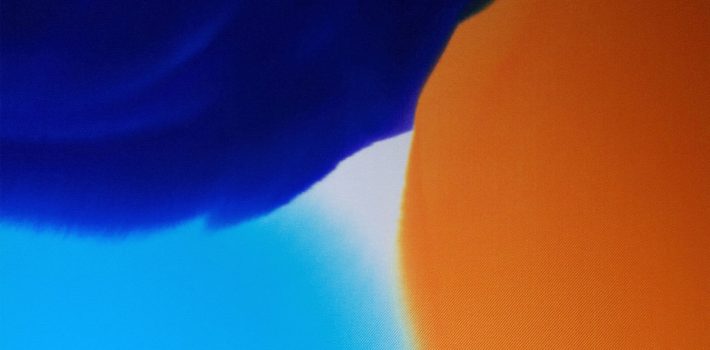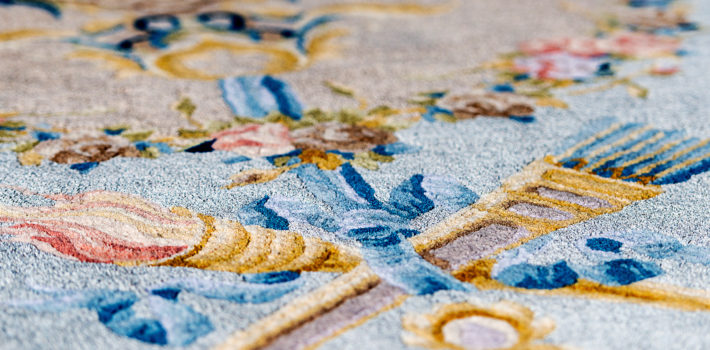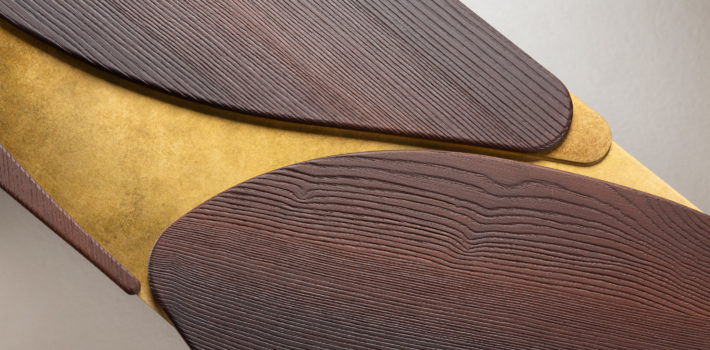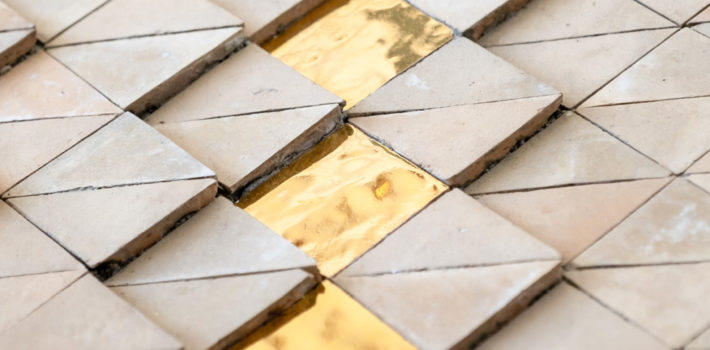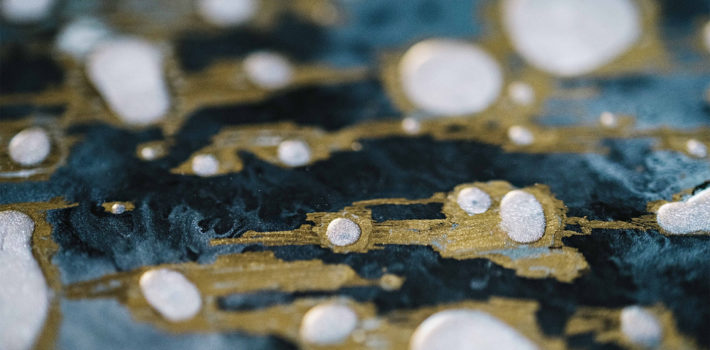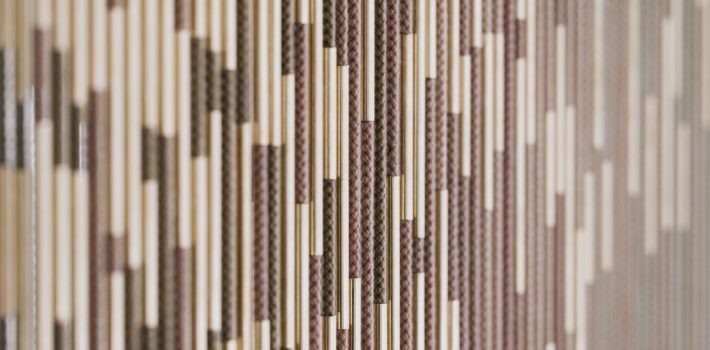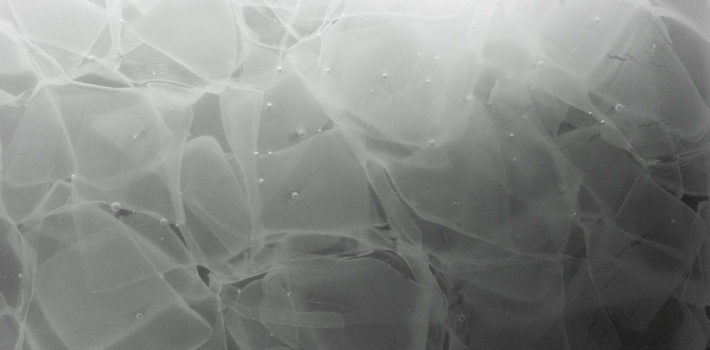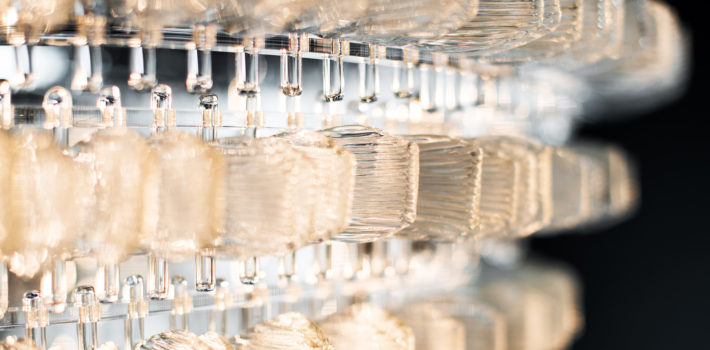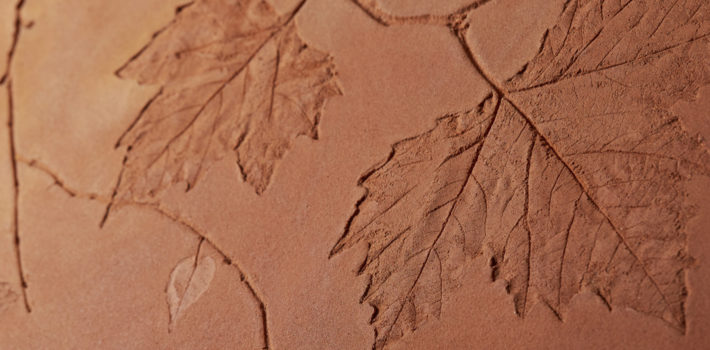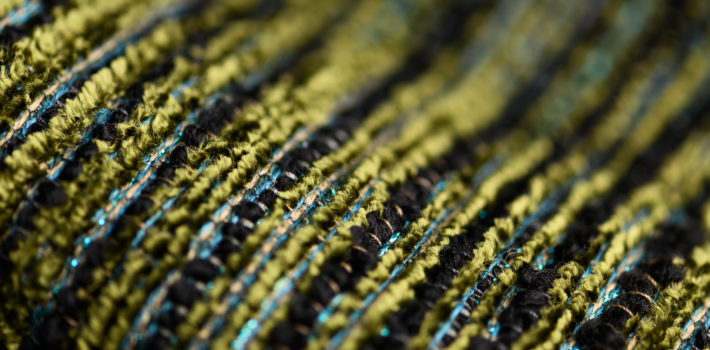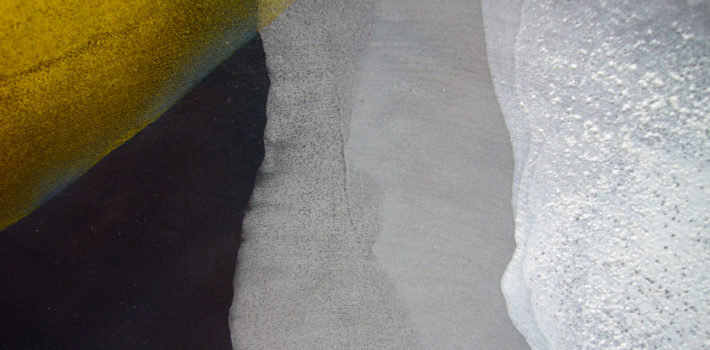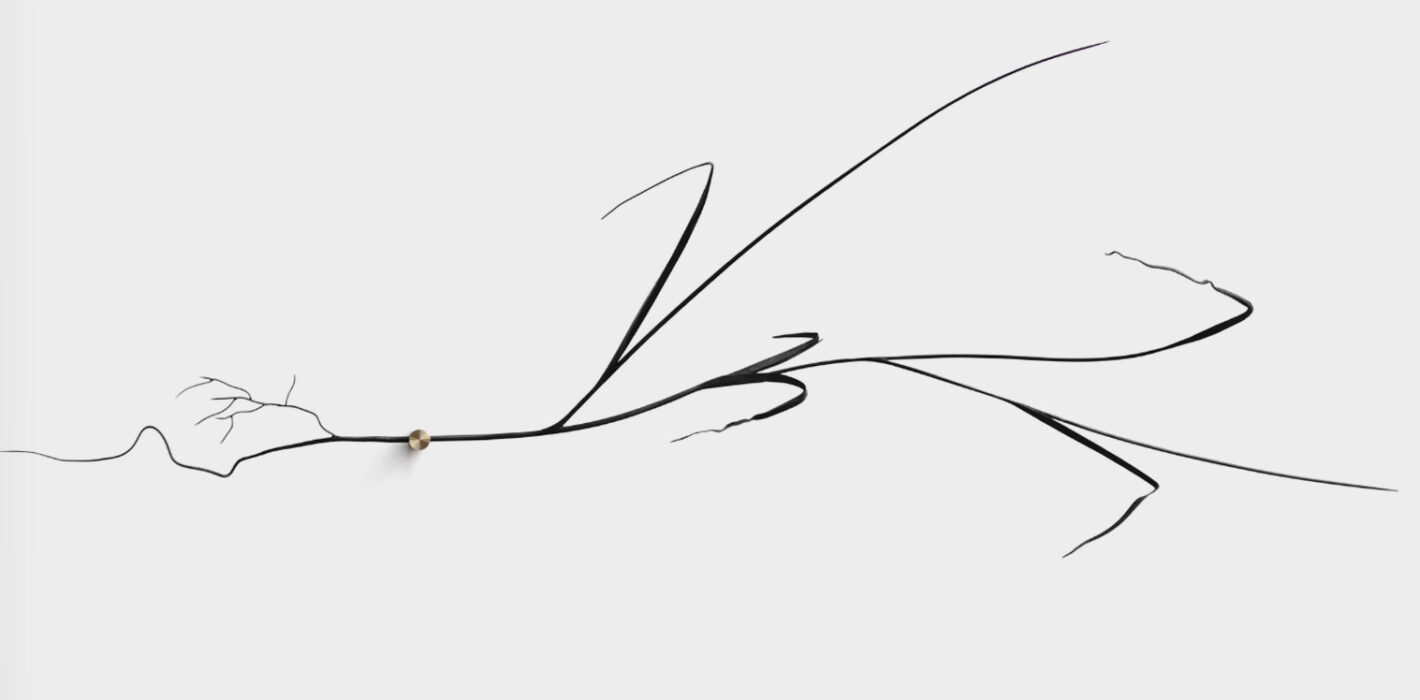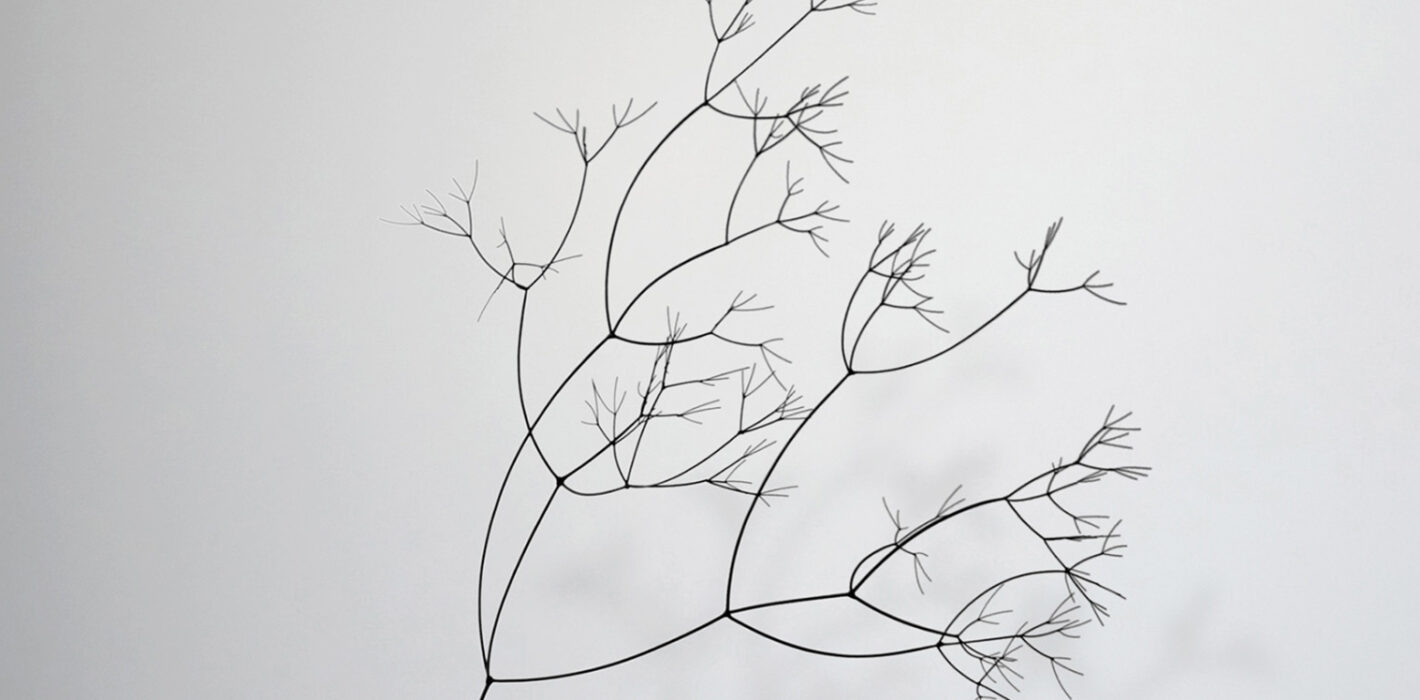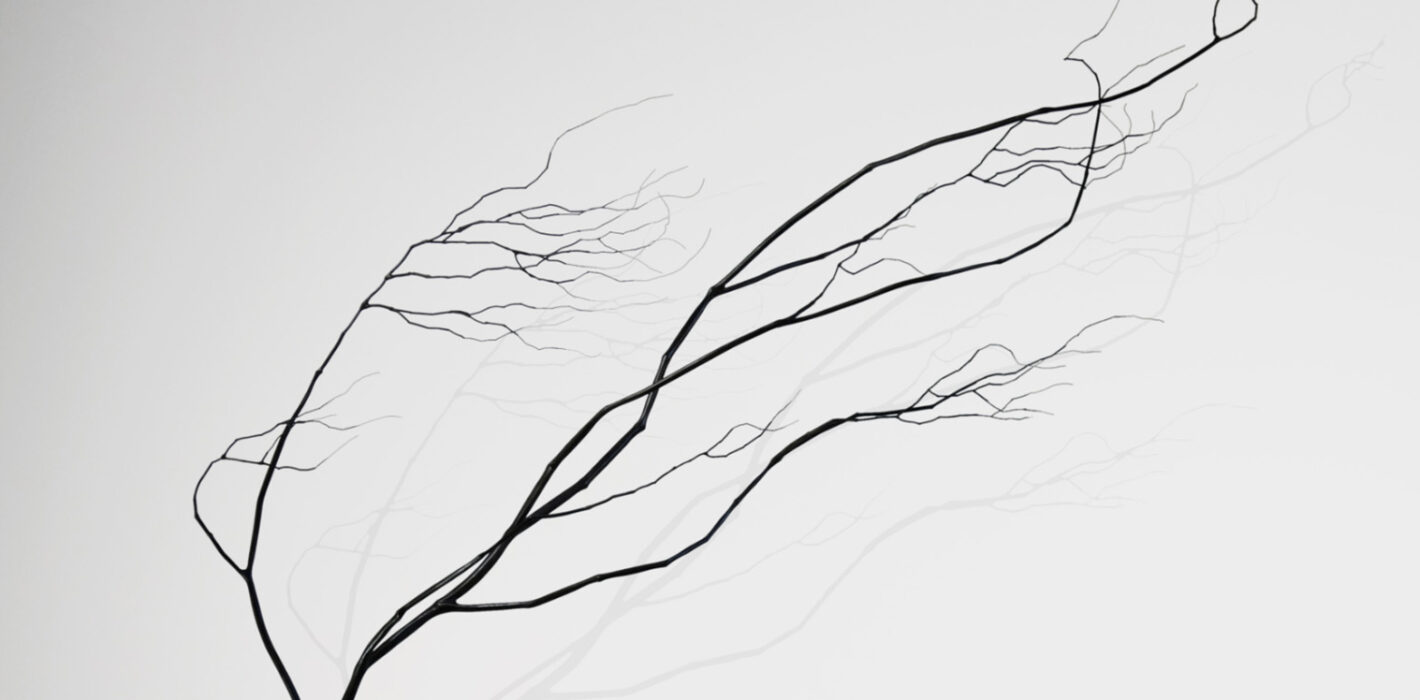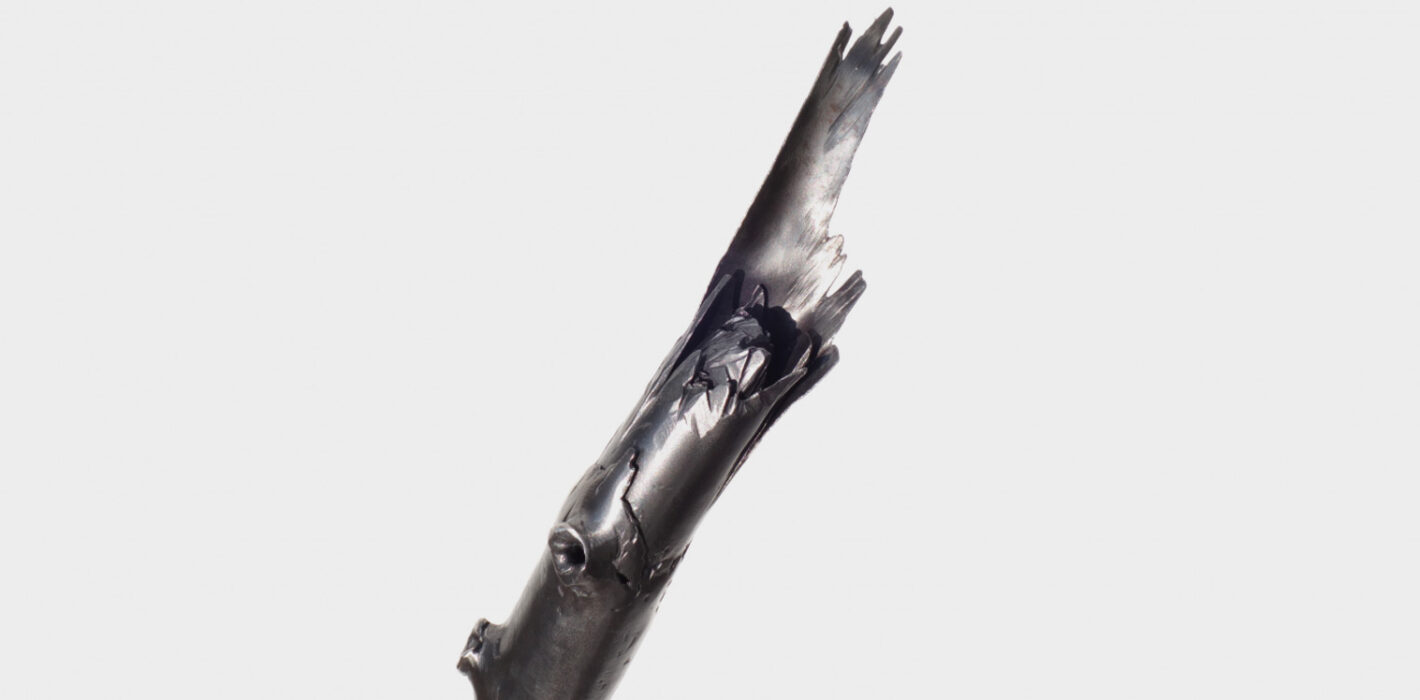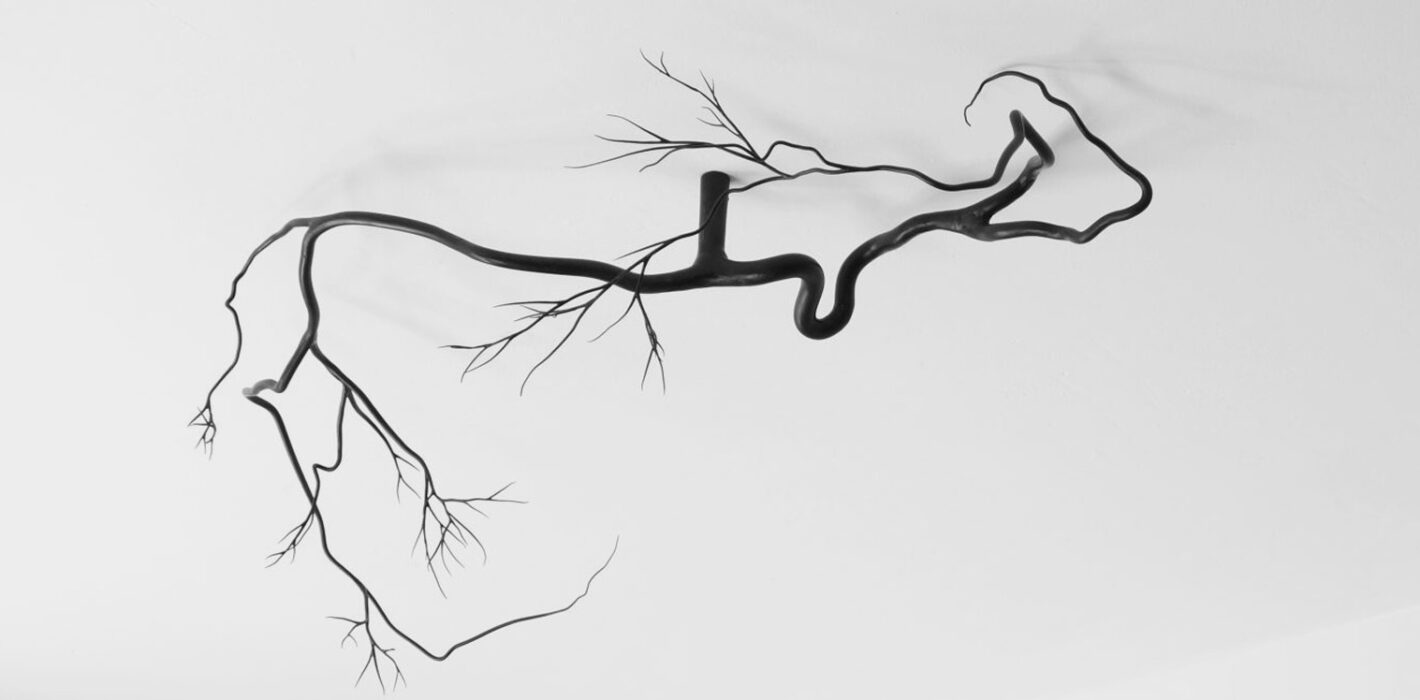Paulus Marquet
Artist Sculptor, Goldsmith of Branches
Paulus Marquet is an artist, a sculptor, a goldsmith of branches. Nature and the way he observes it occupy a major place in the development of his technique and inspirations. This is also why he decided to set up his workshop in a village surrounded by nature in 2017. Let’s discover his works, his creative process, and his inspirations:
Can you tell us about your background ?
I graduated in metal arts and crafts in 2005 from the Olivier de Serres School of Applied Arts. My studies focused on both creation and technique.
Afterwards, I worked for about twelve years on personal projects in horology and also for a company that produced lighting fixtures. I was able to develop a real expertise in metal, as well as precise techniques in horology, but that left little room for creativity. This led to a form of frustration that drove me to a new adventure.
In 2017, I moved to Courtagnon, a small village near Reims surrounded by forests, vineyards and fields, immersed in nature. I set up my workshop there and that’s where my plant-inspired sculpture work was born.
Do you work with models?
Sometimes yes, sometimes no. First, I spend a long time observing. I try to understand the structure of plants: how they grow, how they articulate, how a stem suddenly unfurls and becomes a leaf, how a branch divides and becomes a multitude of smaller branches. This observation work then guides my manufacturing process and helps me determine how I will construct my piece. Sometimes, I also work from still life, taking as a model a branch whose shape seems balanced and harmonious, and which I try to reproduce in my own way.
My approach is similar to that of a sculptor working with stone carving or modeling. That is to say, I never start with a drawing: I directly confront the material, especially steel. My forms and volume arise directly. The creative relationship is immediate, which was very important to me because it was the exact opposite of watchmaking, where there were many constraints and a multitude of plans and drawings were required, leaving little room for improvisation.
Do you still have any connections with design in your current practice?
Yes, absolutely. I conceive my sculptures as destined to be integrated into architecture. To achieve this, I work on fixing systems that allow the pieces to be hung on walls or ceilings. For example, I think of the “lignes de flottaison” (waterlines) which are pieces that have a plant part and a root part, and in between, a small brass support that attaches to the wall.
It is this principle of fixation that has allowed me to work while maintaining something light, airy, and suspended. Design comes into play especially for this notion of hanging, pedestals, and supports which, for me, are very significant challenges when making sculpture.
What are your inspirations in your work?
I would say nature and my immersion in it are my primary inspirations. I also believe that working in lighting design has allowed me to build a library of forms. I also work with a calligraphic mindset, in a form of minimalist, streamlined aesthetics. I generally draw inspiration from everything I see around me, in exhibitions, on social media. I feel like I am imbued with images and forms.
What are your future projects, your current projects?
The next project will be to build my workshop. That’s my top priority. I participated in the Revelations trade show in June which was a turning point in my career. I made a lot of connections there, including decorators and interior designers. It’s still very fresh, but I’m very excited because requests are starting to come in quickly.
